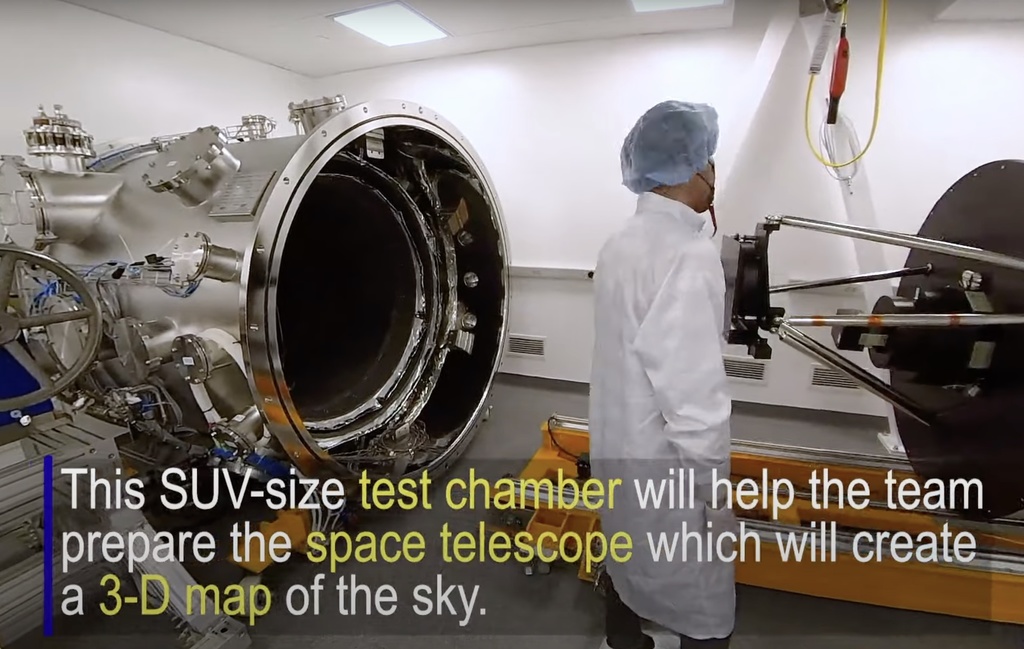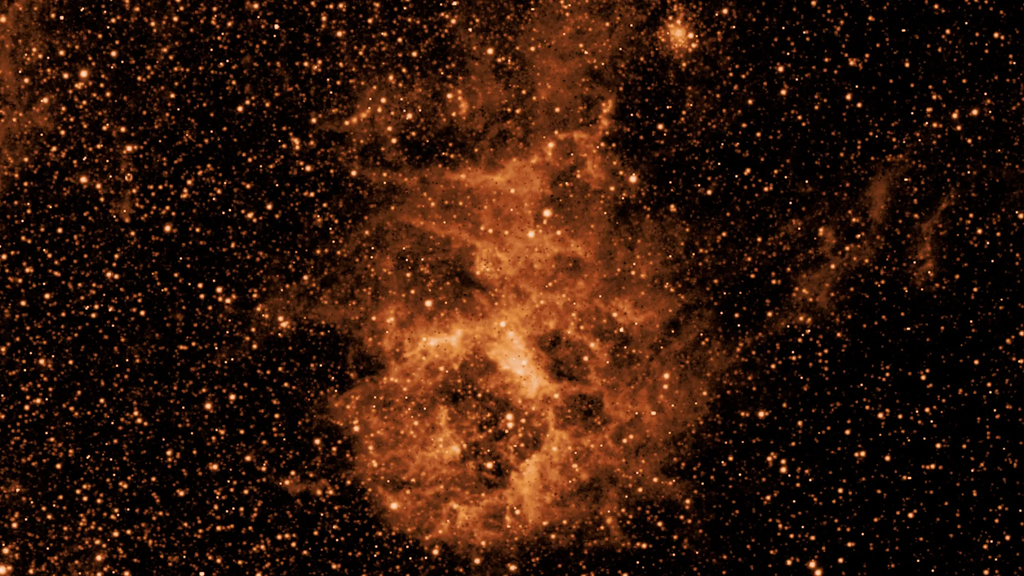Test Chamber for NASA’s New Cosmic Mapmaker Makes Dramatic Entrance

The customized test chamber for the SPHEREx mission has reached its destination at Caltech’s Cahill Center for Astronomy and Astrophysics in Pasadena. About the size of a small SUV and made of stainless steel, the cylindrical chamber was built by the Korean Astronomy and Space Science Institute (KASI). Courtesy NASA/JPL-Caltech.
The SPHEREx mission will create a 3D map of the entire sky. Its cutting-edge instruments require a custom-built chamber to make sure they’ll be ready to operate in space. After three years of design and construction, a monthlong boat ride across the Pacific Ocean, and a lift from a 30-ton crane, the customized test chamber for NASA’s upcoming SPHEREx mission has finally reached its destination at Caltech’s Cahill Center for Astronomy and Astrophysics in Pasadena. About the size of a small SUV and made of stainless steel, the cylindrical chamber was built by the Korean Astronomy and Space Science Institute (KASI), a partner in the SPHEREx mission. It will be used to test SPHEREx’s detectors (essentially its cameras) and optics (the system that collects light from the cosmos). Read more about this important milestone for the SPHEREx project here.
Recent News
NASA’s SPHEREx Observatory Completes First Cosmic Map Like No Other
Launched in March, NASA’s SPHEREx space telescope has completed its first infrared map of the entire sky in 102 colors. While not visible to the human eye, these 102 infrared wavelengths of light are prevalent in the cosmos, and observing the entire sky this way enables scientists to answer big questions, including how a dramatic event that occurred in the first billionth of a trillionth of a...
Read MoreSPHEREx has made detailed multi-spectral observations of interstellar comet 3I/ATLAS, detecting an abundance of carbon dioxide gas in its coma (the extended gaseous atmosphere of a comet) and water ice in its nucleus. The observations were made between Aug. 7 to Aug. 15, when the object was about 290 million miles (470 million kilometers) from the Sun.
Read MoreNASA’s newest astrophysics space telescope launched in March on a mission to create an all-sky map of the universe. Now settled into low-Earth orbit, SPHEREx (Spectro-Photometer for the History of the Universe, Epoch of Reionization, and Ices Explorer) has begun delivering its sky survey data to a public archive on a weekly basis, allowing anyone to use the data to probe the secrets of the cosmos.
Read MoreBuilding SPHEREx in a Caltech Basement
How a NASA space telescope came together in a university lab
Read MoreAfter weeks of preparation, the space observatory has begun its science mission, taking about 3,600 unique images per day to create a map of the cosmos like no other.
Read More



